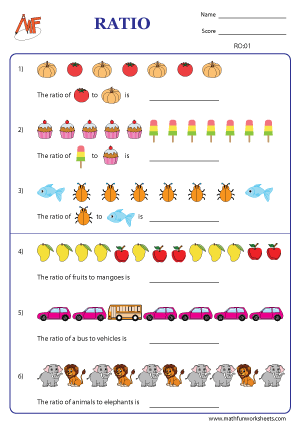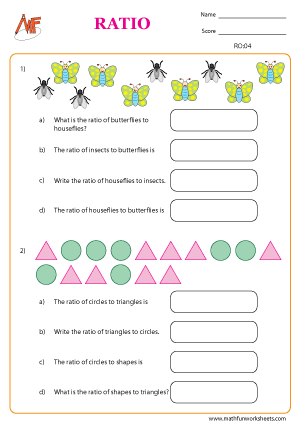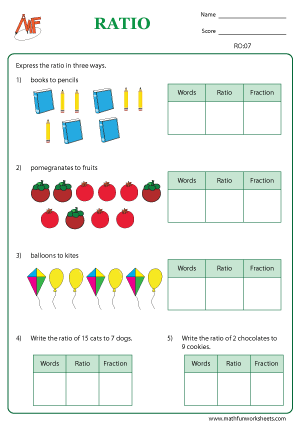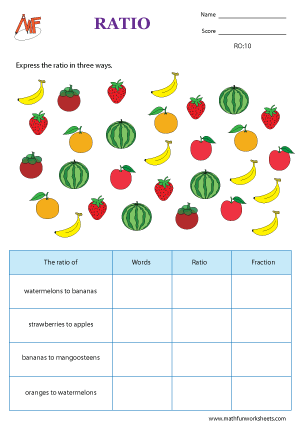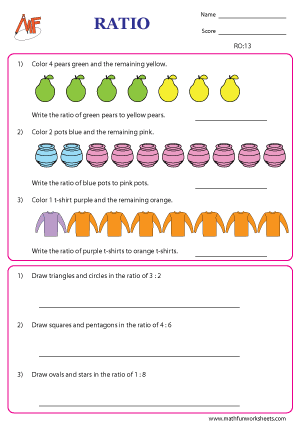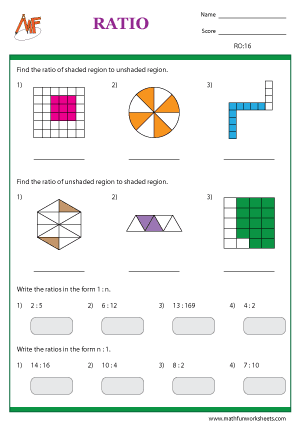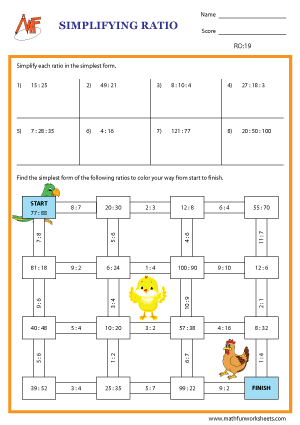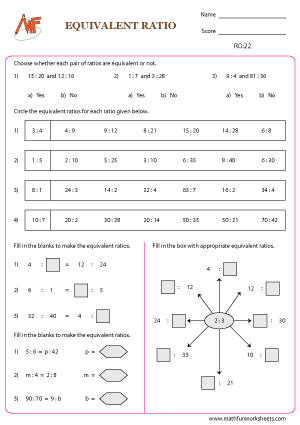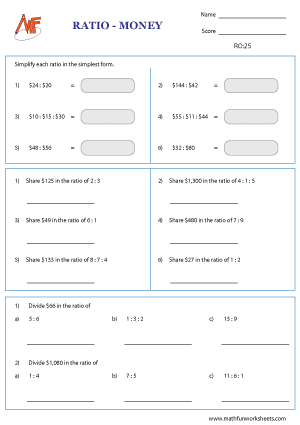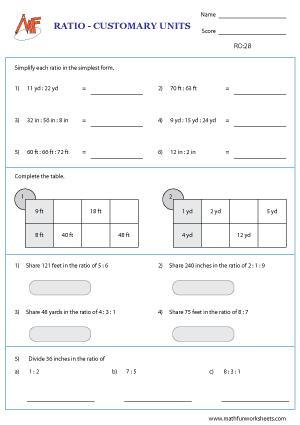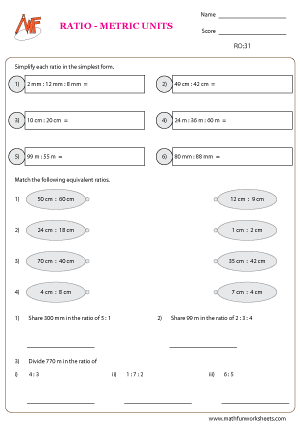Browse by Topics
- English Worksheets
- Science Worksheets
- Kid's Corner
- Numbers & Operations
- Addition
- Subtraction
- Multiplication
- Division
- Decimals
- Place Value
- Roman Numerals
- Skip Counting
- Odd & Even Numbers
- Patterns
- Cardinal & Ordinal Numbers
- Rounding Numbers
- Estimation of Numbers
- Estimation of Time & Money
- Counting & Cardinality
- Comparing Numbers
- Ordering Numbers
- Fractions
- Prime & Composite Numbers
- Squares & Cubes
- Square & Cube Root
- Divisibility Rules
- Factors & Multiples
- Data Handling
- Algebra
- Ratio
- Least Common Factor
- Greatest Common Factor
- Percent Worksheets
- Proportion
- Order of Operations
- Scientific Notation
- Exponents
- Algebraic Expressions
- Evaluating Algebraic Expressions
- Simplifying Algebraic Expressions
- Graphing Lines
- Point Slope Form
- Two Point Form
- Two Intercept Form
- Equations
- Identifying Functions
- Evaluating Functions
- Function Table
- Domain and Range
- Trigonometric Charts
- Quadrants
- Polynomials
- Measurement
- Geometry
- Word Problems
Ratio Worksheets
A Ratio is defined as the relationship in quantity between two things. A Ratio indicates how many times one number contains the other.
Ratio worksheets are an effective tool for teaching students how to understand and solve ratio problems. These worksheets introduce the concept of ratios, helping students compare quantities in a simple and structured way. By practicing with these worksheets, students can build a strong foundation in math and improve their ability to solve real-world problems.
First, students are introduced to basic ratios. They learn how to express ratios as fractions, using a colon, or with the word “to.” For example, the ratio of 2 apples to 3 oranges can be written as 2:3, 2/3, or 2 to 3. This simple concept helps students see the relationship between two quantities.

ratio worksheets free download pdf
Ratio of shaded / unshaded region

Ratio of shaded / unshaded region
Next, the worksheets gradually increase in difficulty. Students move from simple problems to more complex ones. They solve ratio word problems, like finding the amount of ingredients needed for a recipe or determining the ratio of boys to girls in a class. These real-life applications make learning ratios fun and relevant.
Additionally, many ratio worksheets include visuals, such as pie charts or bar graphs, to help students better understand the concept. These visuals make ratios easier to comprehend and can simplify the learning process.
Furthermore, the worksheets often feature exercises that focus on simplifying ratios. Students practice reducing ratios to their simplest form, helping them understand how to manipulate numbers effectively. In conclusion, these worksheets are a valuable resource for students learning ratios. They help students build a solid understanding of this key math concept with simple explanations, real-life examples, and engaging activities. With consistent practice, students will gain the skills needed to solve ratio problems quickly and accurately. These worksheets provide an essential foundation for future math success.

